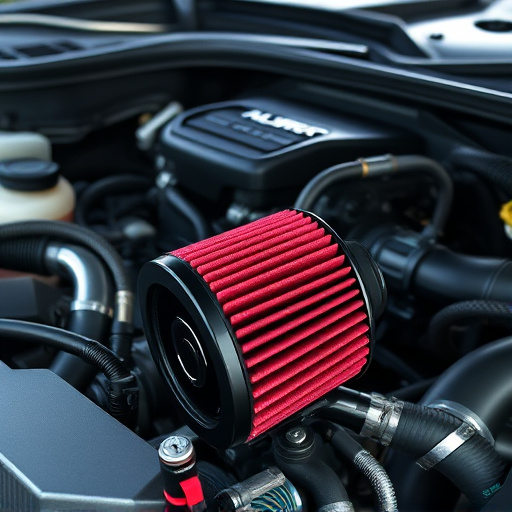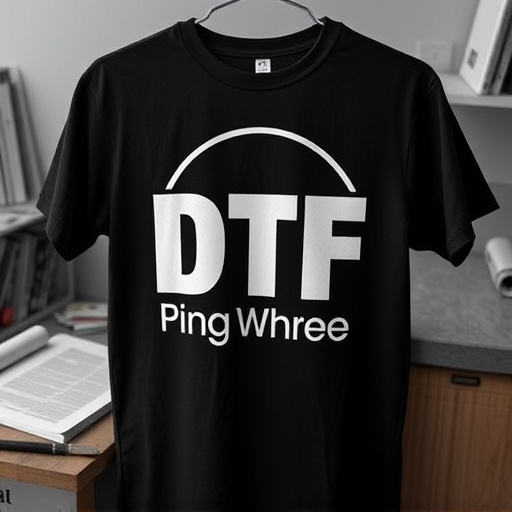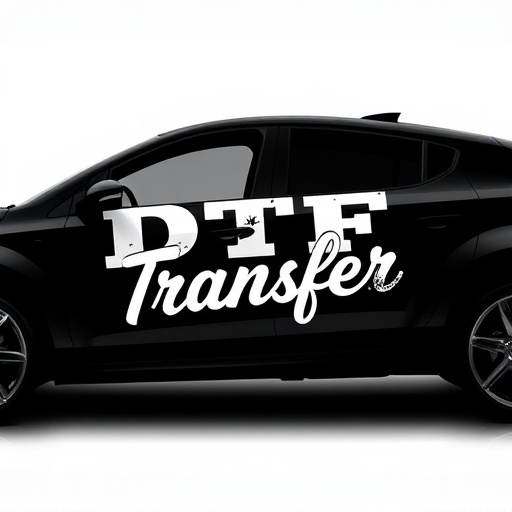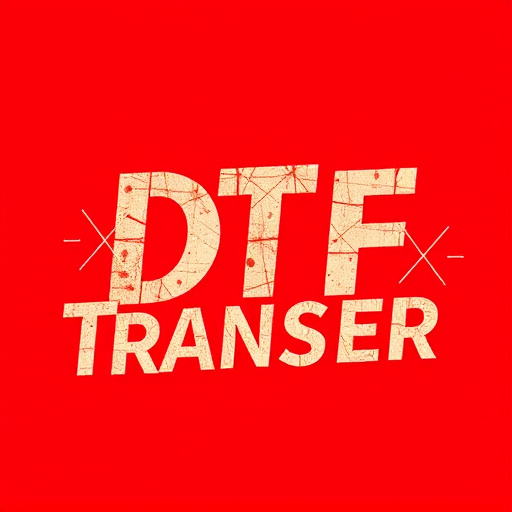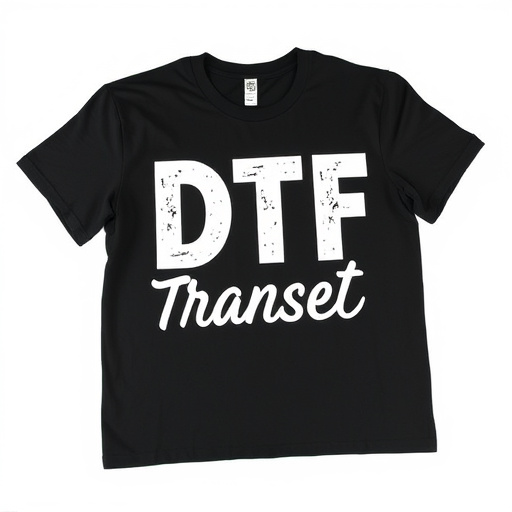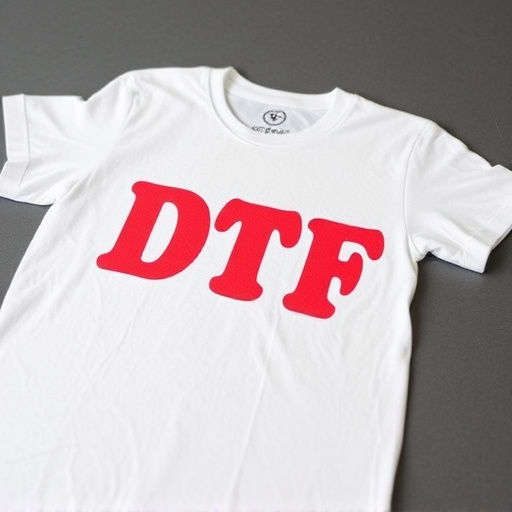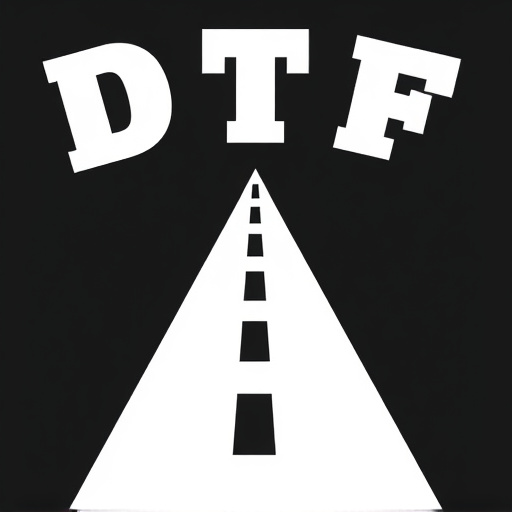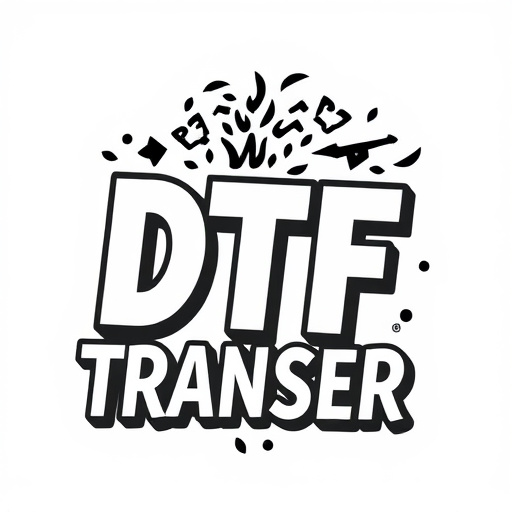Direct-to-Film (DTF) transfer printing is a cutting-edge method creating high-quality prints on diverse materials with vibrant colors and sharp details. DTF uses heat-sensitive adhesives to bypass intermediate steps, making it cost-effective for small batches like t-shirts and signage. Dye sublimation printing, another advanced process, infuses dyes into fabrics for exceptional color accuracy, ideal for bulk orders of professional photography prints or complex designs. The choice depends on project scope and desired quality: DTF for speed and versatility, dye sublimation for superior color vibrancy in large runs.
In the realm of printing, Direct-to-Film (DTF) transfers and dye sublimation offer distinct approaches for creating high-quality prints. This article delves into the nuances of these two methods, providing a comprehensive guide for understanding their unique processes and applications. From DTF’s direct application to dye sublimation’s heat-driven color transfer, each has its advantages. We’ll explore how to choose between them based on factors like image quality, durability, and suitable use cases, empowering you with the knowledge to select the best print method for your needs.
- Understanding Direct-to-Film (DTF) Transfer: A Brief Overview
- The Process of DTF Printing: Step by Step
- Dye Sublimation Printing: How It Works and Its Advantages
- Quality Comparison: DTF Transfers vs. Dye Sublimated Prints
- Applications and Use Cases for Each Printing Method
- Choosing Between DTF Transfer and Dye Sublimation: Key Considerations
Understanding Direct-to-Film (DTF) Transfer: A Brief Overview

Direct-to-Film (DTF) transfer is a printing method that has gained popularity in recent years, especially for creating high-quality prints on various materials like textiles, plastics, and even metal. This process involves transferring ink directly onto the surface of the substrate without any intermediate steps or special coatings. The DTF Transfer process starts with applying a thin layer of heat-sensitive adhesive to the printing plate, which is then inked in a similar manner as traditional offset printing. Once inked, a pressure-sensitive press gently presses the plate against the target material, ensuring precise ink transfer.
DTF offers several advantages, including vibrant colors, sharp details, and excellent durability for outdoor applications. It’s particularly useful when producing custom prints for promotional items, signs, and even fine art reproductions. With advancements in technology, DTF Printing has become more accessible and cost-effective, making it a viable option for businesses and individuals alike to create high-impact DTF prints.
The Process of DTF Printing: Step by Step
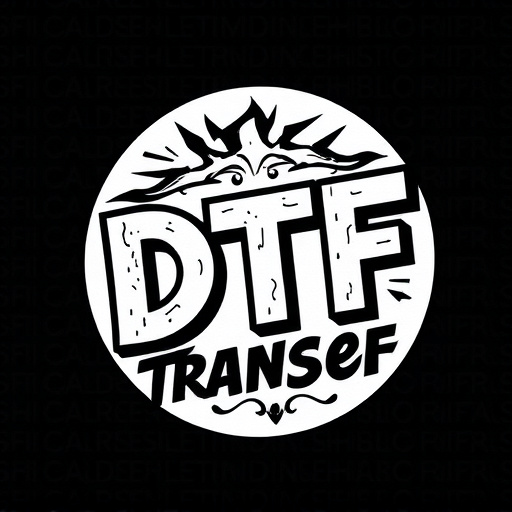
The Direct-to-Film (DTF) printing process involves a series of precise steps to create high-quality prints. It begins with the design input, where the desired image or artwork is prepared and ready for transfer. The DTF transfer material, typically a thin film coated with a sensitive emulsion, is then exposed to light through a mask or negative, hardening the areas that will ultimately become the print. This process allows for intricate details and vibrant colors in the final DTF prints.
Once the transfer material is prepared, it’s carefully aligned and pressed against the receiving medium, such as fabric or paper. A heated press is then used to fuse the emulsion onto the substrate, transferring the image. The result is a crisp, detailed DTF print with vibrant colors and a durable finish. This method offers a direct and efficient way to produce high-quality prints, making it a popular choice for various applications, including custom apparel and promotional items.
Dye Sublimation Printing: How It Works and Its Advantages
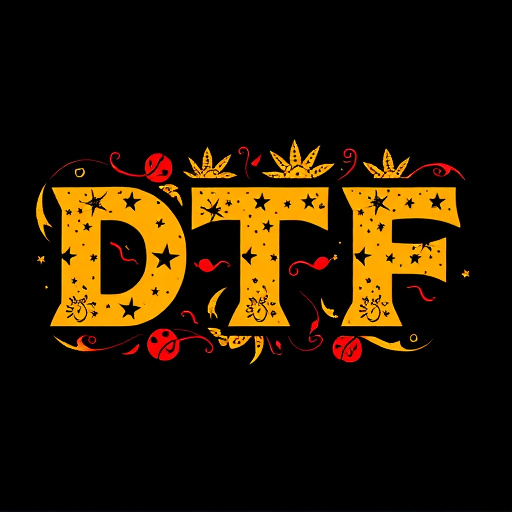
Dye sublimation printing is a process that has gained significant popularity in the world of photo printing, especially for creating high-quality DTF prints. It involves transferring dye onto a material, typically polyester, using heat and pressure. The unique aspect of this method is its ability to infuse colors directly into the fabric fibers, resulting in vibrant and long-lasting images.
This technology offers several advantages over traditional DTF transfers. First and foremost, it provides exceptional color accuracy and detail reproduction. The process allows for a wide range of colors and tonal gradations, ensuring prints look as close to the original image as possible. Additionally, dye sublimation printing is known for its durability; the dyes become an integral part of the fabric, making the prints resistant to fading and smudging. This makes it ideal for creating long-lasting souvenirs, artwork, or even professional photography prints.
Quality Comparison: DTF Transfers vs. Dye Sublimated Prints
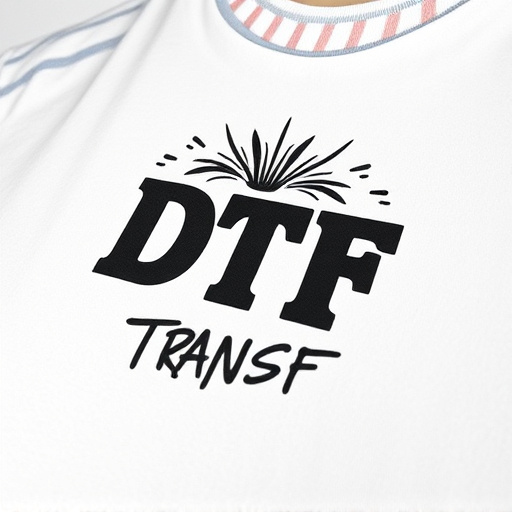
When comparing the quality of DTF (Direct-to-Film) transfers and dye sublimation printing, several key distinctions emerge. DTF transfers offer a high level of detail and vibrancy in colors, making them an excellent choice for complex graphic designs and photos. The direct application to film ensures that the image is sharp and precise, with minimal blurring or distortion. This technique is particularly favored for creating custom t-shirts, mugs, and other merchandise where intricate details are essential.
In contrast, dye sublimation printing delivers a different kind of excellence. It produces soft, vivid colors and smooth gradations, making it ideal for photographic prints and high-quality marketing materials. The dye sublimation process infuses dyes into polyester material, resulting in a more subtle and elegant finish. While DTF transfers might excel at preserving fine details, dye sublimation printing provides a level of richness and depth that is hard to replicate with direct-to-film techniques. Each method has its strengths, catering to different needs based on the desired aesthetic outcome.
Applications and Use Cases for Each Printing Method
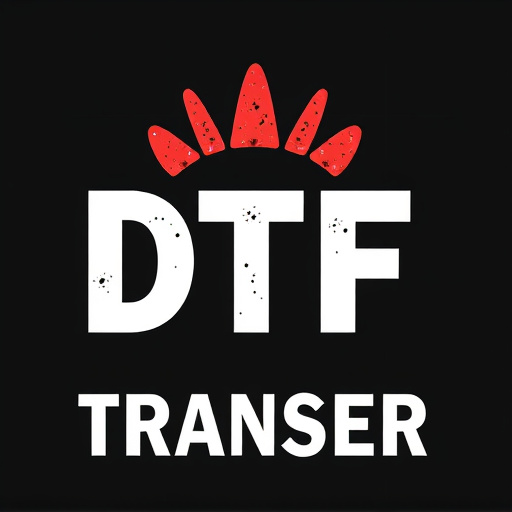
Direct-to-film (DTF) transfers and dye sublimation printing are two distinct methods with unique applications in various industries. DTF transfers have gained popularity for their versatility and cost-effectiveness, making them ideal for short-run productions, custom apparel, and promotional items. This method allows for detailed designs on a wide range of materials, from t-shirts to mugs and phone cases. It’s perfect for businesses looking to offer personalized products quickly without breaking the bank.
On the other hand, dye sublimation printing is renowned for its ability to produce vibrant, full-color prints on various substrates, particularly polyesters like fabric and plastic. This technique is extensively used in large-scale production runs, such as manufacturing sportswear, banners, and tradeshow displays. Dye sublimation offers superior color accuracy and a softer feel compared to other printing methods, making it a favorite among brands aiming for high-quality, visually appealing products.
Choosing Between DTF Transfer and Dye Sublimation: Key Considerations
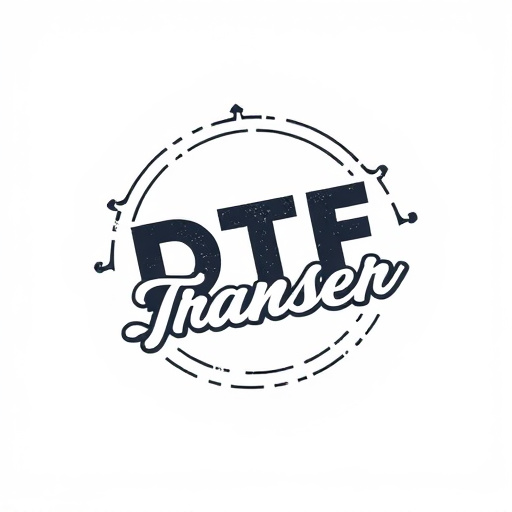
When deciding between Direct-to-Film (DTF) transfer and dye sublimation printing for your graphic needs, several key considerations come into play. Both methods offer unique advantages but cater to different applications and audiences. DTF transfer is a cost-effective option, ideal for smaller batches of prints where speed and simplicity are essential. It’s perfect for creating custom t-shirts, posters, or signage quickly without the need for specialized equipment beyond a standard printer.
On the other hand, dye sublimation printing offers superior color quality and vibrancy, making it a preferred choice for high-resolution images, complex designs, and professional-grade prints. This method is commonly used in the textile industry for manufacturing custom apparel, banners, and flags as it can produce deep, rich colors that are nearly indistinguishable from traditional painting or silk screening. The investment in dye sublimation equipment might be higher, but it’s a long-term solution suitable for businesses aiming to deliver top-tier, detailed DTF prints.

